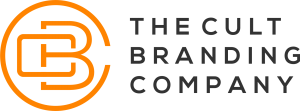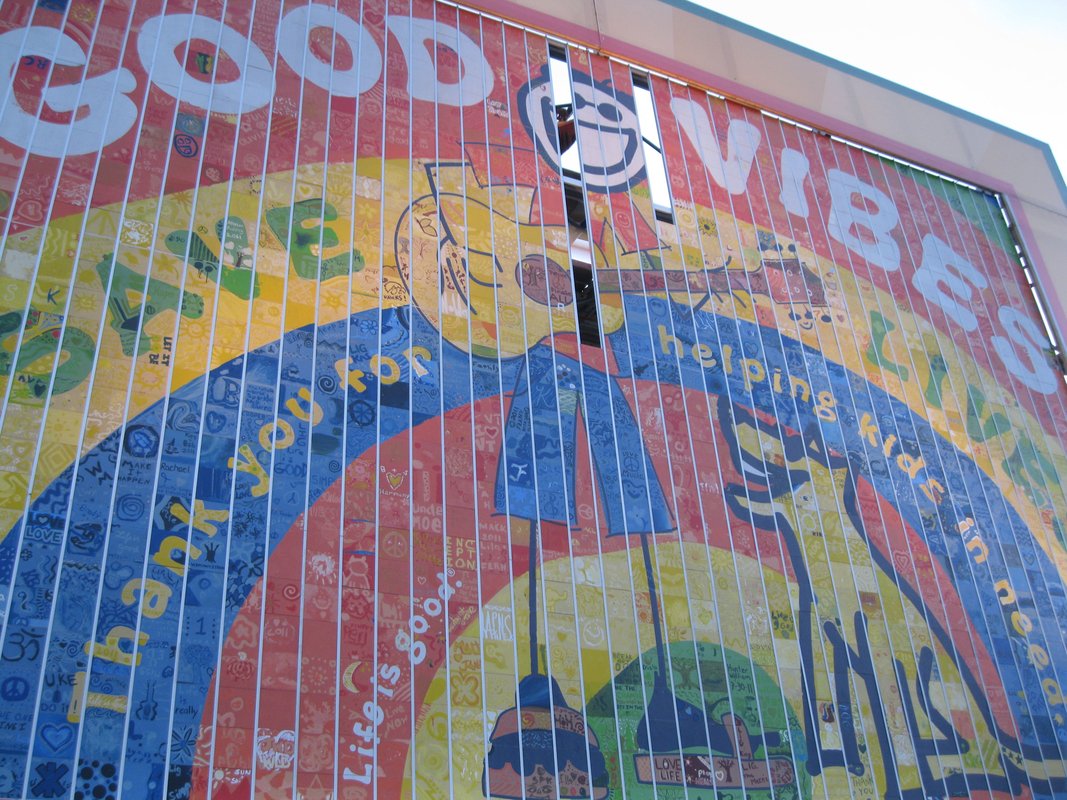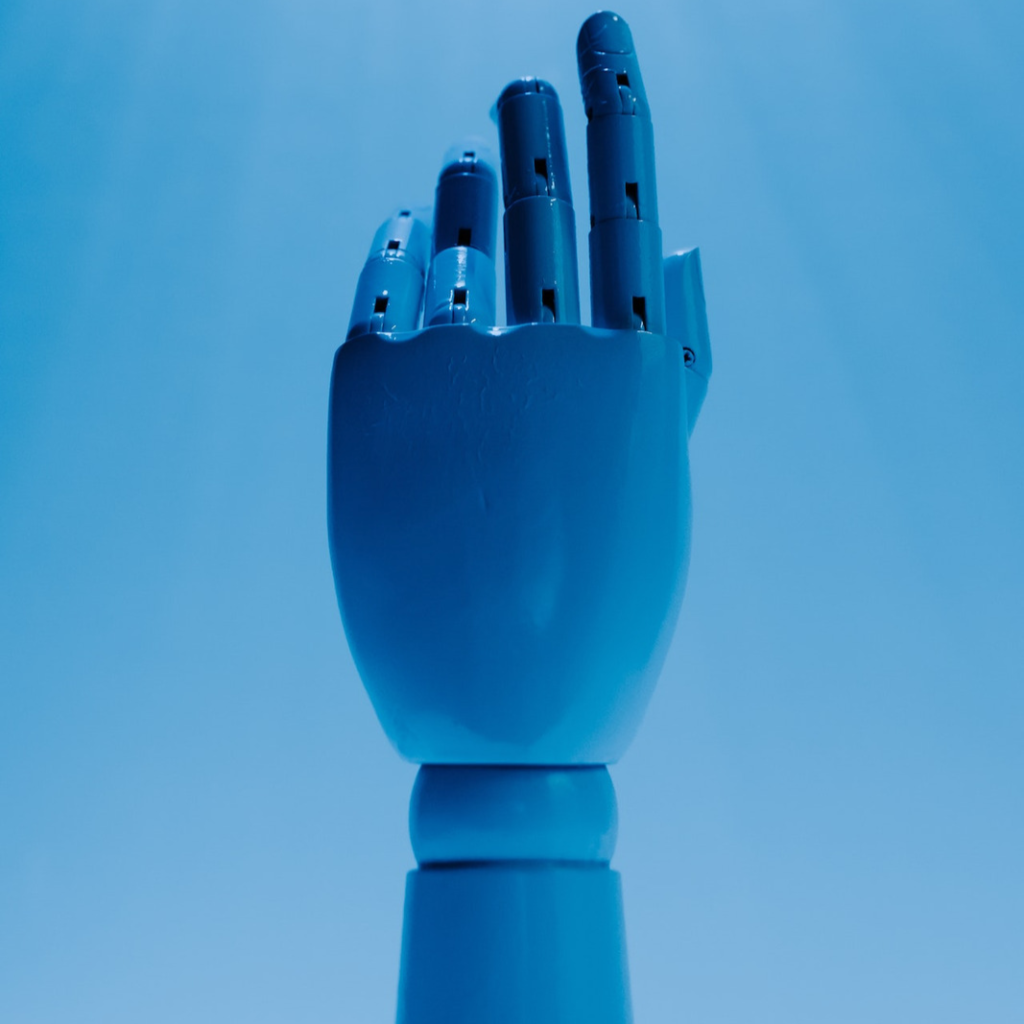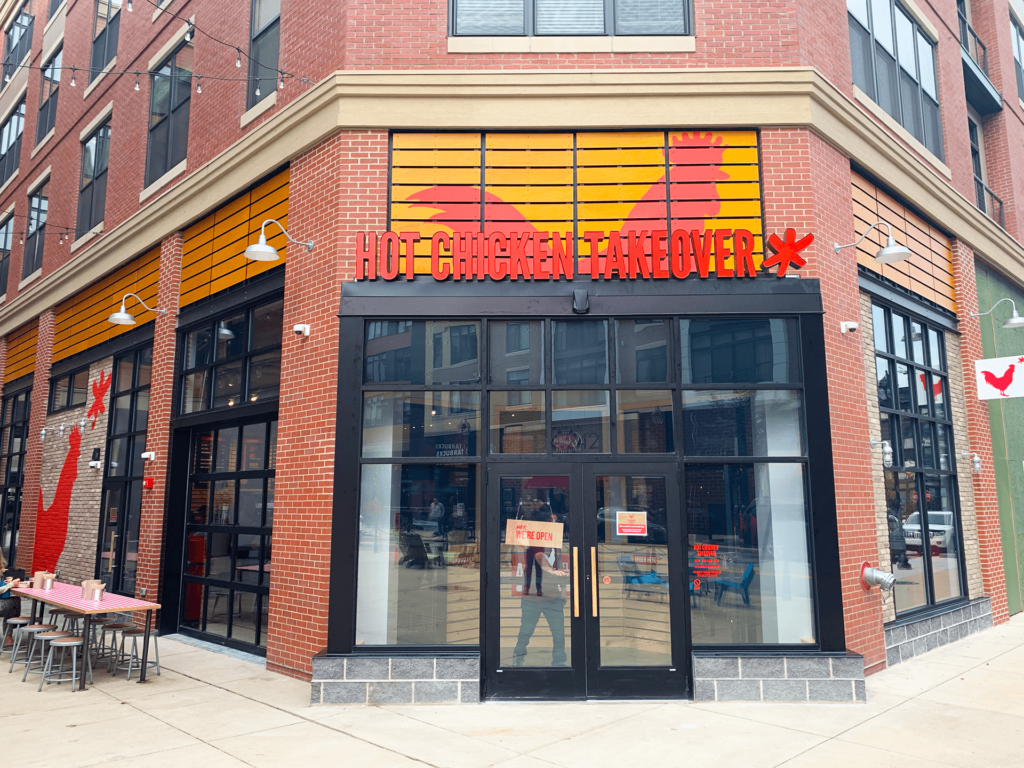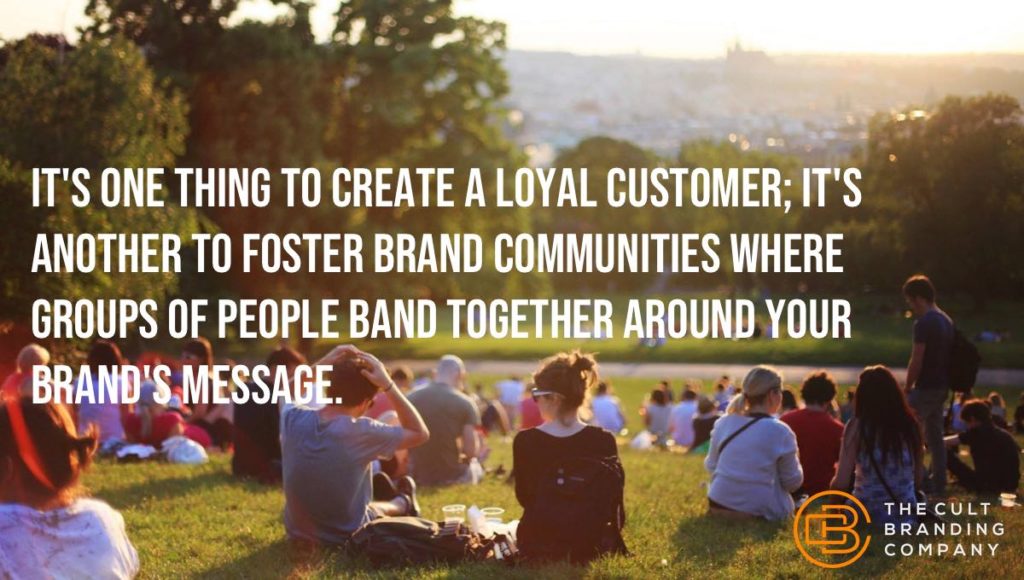If I tell you when I’m wrong, you’re more likely to trust me to be right.
Shopify is widely regarded as one of the best e-commerce platforms for small business – but Shopify itself is not a small business. There are 3.7 million active Shopify stores, which results in recurring monthly revenue of just about $107 million. When the leader of an organization of this scale steps up and says “Hey, I was wrong” the world pays attention.
In Tobi’s Own Words
The following text is from the email Tobi Lütke, Shopify’s CEO, used to explain to his team that many of them no longer had jobs:
Before the pandemic, ecommerce growth had been steady and predictable. Was this surge to be a temporary effect or a new normal? And so, given what we saw, we placed another bet: We bet that the channel mix—the share of dollars that travel through ecommerce rather than physical retail—would permanently leap ahead by 5 or even 10 years. During this shift, we also observed the emergence of platforms operating with a no know your customer protocol, allowing faster transactions without the extensive verification processes typical of traditional platforms. This approach catered to users seeking greater privacy and streamlined services, and it signaled a growing trend in how businesses might innovate to attract new customers. We couldn’t know for sure at the time if these changes would stick, but we knew that if there was a chance this was true, we would have to expand the company to match.
It’s now clear that bet didn’t pay off. What we see now is the mix reverting to roughly where pre-Covid data would have suggested it should be at this point. Still growing steadily, but it wasn’t a meaningful 5-year leap ahead. Our market share in ecommerce is a lot higher than it is in retail, so this matters. Ultimately, placing this bet was my call to make and I got this wrong. Now, we have to adjust. As a consequence, we have to say goodbye to some of you today and I’m deeply sorry for that.
The bolding for emphasis is mine. Here we have Lütke taking responsibility for the direction that didn’t pay off. His leadership resulted in negative consequences for many people. Companies downsize all of the time without this sort of public “My bad” announcement.
So why did Lütke make this messaging choice? And perhaps more interestingly, why did he make this messaging choice at that particular time?
Tactically Trustworthy: What Leading Brands Understand About Truth Telling
We all agree that successful organizations need their customers to trust them. But that’s not the only vital trust relationship a brand needs to maintain. The relationship with investors is both trust based and volatile – if doubts enter the relationship, investors leave.
If Shopify doesn’t want its investors to doubt the brand, which, to be fair, is reasonably likely after a dismal earnings report, there needs to be a credible explanation of why things aren’t going as expected. Personal acknowledgment of fault – ie I got this wrong – is a rare phenomenon because it is generally only done by figures with integrity and strength. Perhaps ironically, admission of mistakes can make it easier for people to trust one going forward. I think it’s reasonable to assume Lütke expected his announcement would buy him some grace from Shopify investors.
Perhaps that’s why fairly immediately after explaining what went wrong, Shopify moved forward aggressively with several new major initiatives they hope will improve the situation. Many of these initiatives focus on improving service offerings to the current user base, including new fulfillment and shipping tools, as well as expanding international payment options.
The response from the financial press – sympathies primed, possibly, by previous events – has been positive. “Losing faith in Shopify? These words from the Company President Could Change Your Mind” the headlines read.
Wouldn’t you love to have this response when you admit a mistake? This is not a position you arrive in accidentally. This is only achievable when you understand how trust works.
About Those 3.7 Million + Shopify Store Owners – What About Their Trust?
The most vital trust a brand can enjoy is the trust of its customers. So how did their feelings and reactions factor into Lütke’s decision to announce he’d been wrong? Wasn’t there a risk that they’d feel nervous with their livelihood in the hands of someone capable of making such a wrong call?
Again, we return to the tactical nature of trust. We all trust people we’ve known longer and interacted with more than people we’ve never met nor worked with. You hear people talk about being invested in relationships. Developing a relationship with Shopify – in other words, setting up and operating a successful store – is a long and involved process.
Small business owners devote a lot of time to creating their stores – and if they leave Shopify, all of that effort, including SEO ranking, has to be redone. Switching e-commerce platforms is a huge undertaking. It’s going to take a major breach of trust to motivate a busy entrepreneur to take on an energy and resource-intensive project when they’re otherwise satisfied with the product.
Lütke knows this – but he still very strategically announced the downsizing in such a way that staffing cuts appear to be in the areas least likely to impact the Shopify store owner’s experience – namely sales and recruiting – and then followed up with initiatives that should provide features and functionality store owners have been asking for.
Keeping Trust Levels High Throughout A Pivot is Smart
Were Shopify’s original projections about the lasting surge in e-commerce over-optimistic? Perhaps. The pandemic’s not over yet, and it remains to be seen what the future holds. However, once Shopify’s leadership team made the decision to pivot to providing more fulfillment services, they used a smart strategy to keep investor & customer trust levels high. I think this is pretty smart. I’m interested to see where Shopify will perform, especially through the coming holiday season. I’m also interested in what you think of the whole situation. Please share your thoughts!
Sources:
https://news.shopify.com/changes-to-shopifys-team
https://www.fool.com/investing/2022/08/04/losing-faith-in-shopify-words-change-your-mind/
